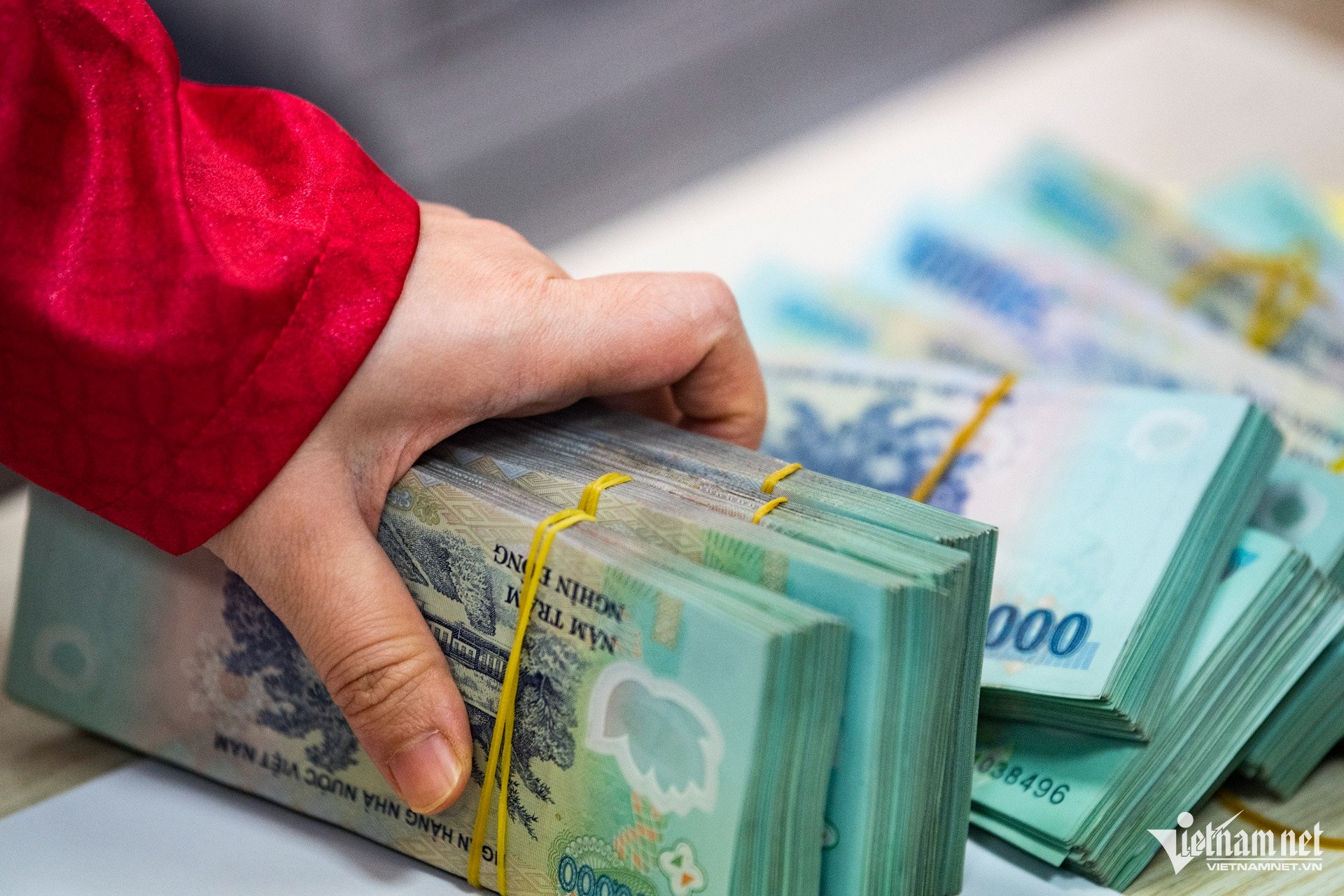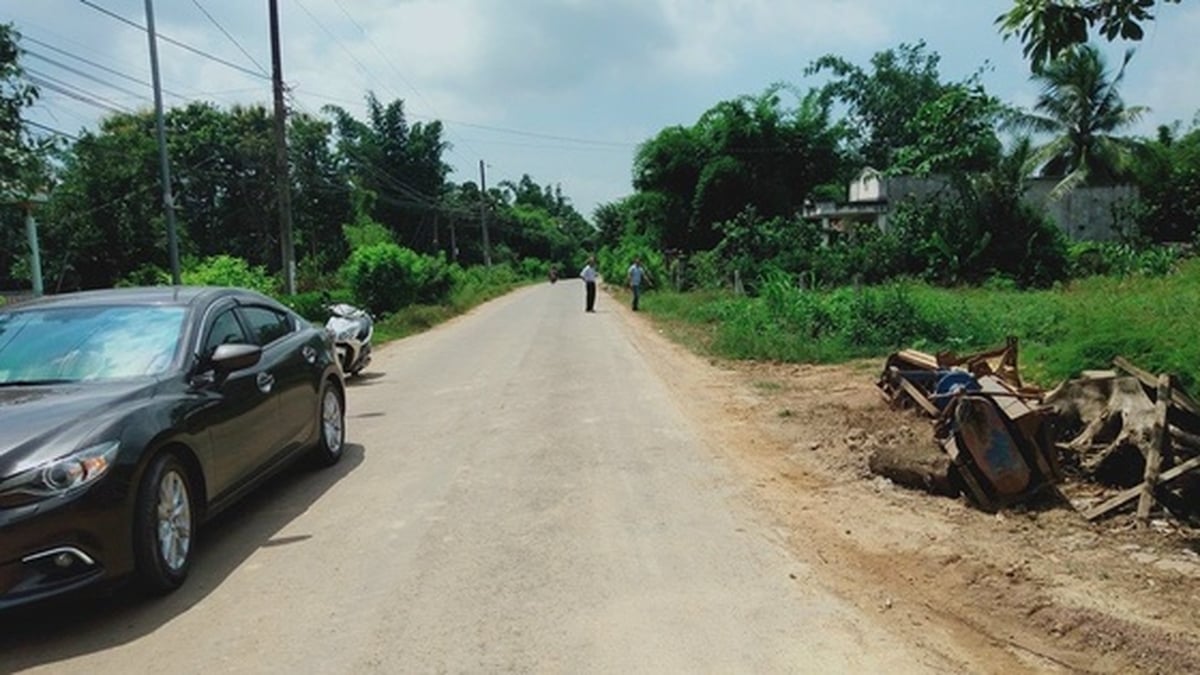Need to reassess tax threshold
In the Draft Law on Personal Income Tax (replacement), the Ministry of Finance proposed two options to amend the progressive personal income tax schedule in part by reducing the number of levels and widening the gap between taxable income thresholds.
In both options, the minimum tax rate of 5% corresponds to a monthly taxable income of VND10 million (after deducting family circumstances and other taxable expenses). The maximum tax rate is 35%, for taxable income of over VND80 million (option 1) and VND100 million or more (option 2).
Sharing with VietNamNet reporter, economic expert Nguyen Quang Huy, CEO of the Faculty of Finance - Banking (Nguyen Trai University), assessed that the reduction from 7 tax levels to 5 levels in the Personal Income Tax Law project (replacement) is a step forward in reforming the tax system.
Reducing the scale to 5 levels helps reduce complexity, makes it easier to access and calculate. In particular, it avoids “breaking the income level”, which often causes people to avoid increasing their income for fear of falling into high tax brackets.

When analyzing option 1, Mr. Huy commented that the option is inclined towards regulation and fair distribution when the tax structure is divided into smaller levels for middle-income and high-income groups (30-80 million VND). In line with the goal of income redistribution, those with higher incomes share more.
“However, this can create the feeling that when income increases a little, the sharing level also increases dramatically, which can easily affect the psychology of workers, especially those who have had to make great efforts to reach the upper middle income level. The middle class - the backbone of the economy - can feel the burden increasing faster than the increase in income,” said Mr. Huy.
Meanwhile, in option 2, the gap between tax brackets is widened, especially at income thresholds from 30-100 million VND/month. This creates a “breathing” space for workers, experts, managers, businessmen... to rise up without feeling taxed too soon.
According to the expert, a reasonable tax schedule with few steps will encourage people to declare honestly. This is an important factor to increase sustainable budget revenue without tightening measures.
Although leaning towards option 2, Mr. Huy said that it is necessary to re-evaluate the tax threshold, because the current level of 10 million VND/month cannot keep up with the cost of living in urban areas.
“The starting threshold can be raised to 12-15 million VND/month to reduce tax pressure on low-income earners. Along with that, it is necessary to integrate tax policy with social security, education and health policies. People with young children, people who are taking out home loans, or taking care of elderly parents need to be given reasonable deductions, reflecting the spirit of sharing and encouraging a sense of responsibility towards the family,” Mr. Huy proposed.
Proposal to reduce maximum tax rate from 35% to 25%
Meanwhile, Dr. Nguyen Ngoc Tu, lecturer at Hanoi University of Business and Technology, assessed that the two options to amend the progressive tax schedule proposed by the Ministry of Finance do not have many changes.
Although both options reduce the tax rate from 7 to 5, according to Mr. Tu, the highest tax rate is still 35%. Option 2 has a slight adjustment when increasing taxable income to over 100 million VND will be subject to the highest tax rate.

“For the past 20 years, the personal income tax rate has not changed. Meanwhile, the corporate income tax - a similar tax - has been adjusted down 4 times, from 28% to 25%, then 22%, 20% and now 15-17% for small and medium enterprises. The personal income tax rate has almost stagnated ,” the expert said.
Further analysis, Mr. Tu said that in 2007, the income of 80 million VND per month was equivalent to about 6,000-7,000 USD at the exchange rate at that time - a figure considered very high, usually reserved for foreign experts. Meanwhile, the salary of a Vietnamese general director at that time was commonly around 50-60 million VND/month.
However, currently, 80 million VND is only equivalent to about 3,000 USD. At this level, people do not even have enough money to send their children to school in Western countries, where the cost of studying abroad can be up to 100 million VND/month.
Therefore, the expert recommends reducing the maximum tax rate from 35% to 25%, divided into 5 levels: 5%, 10%, 15%, 20% and 25%.
Along with that, according to him, it is necessary to raise the highest income threshold in the tax table from 80 million to about 200 million VND/month, equivalent to an increase of 2.5 times.
The expert also warned that too high a tax rate could cause Vietnam to lose its competitive advantage in attracting talent. In many countries, the 35% tax rate only applies to people with very high incomes, around 20,000 USD/month, not to mention that people there also have free education and health care.
Source: https://vietnamnet.vn/thue-thu-nhap-ca-nhan-nguong-khoi-diem-can-nang-len-12-15-trieu-thang-2426870.html




































































































Comment (0)